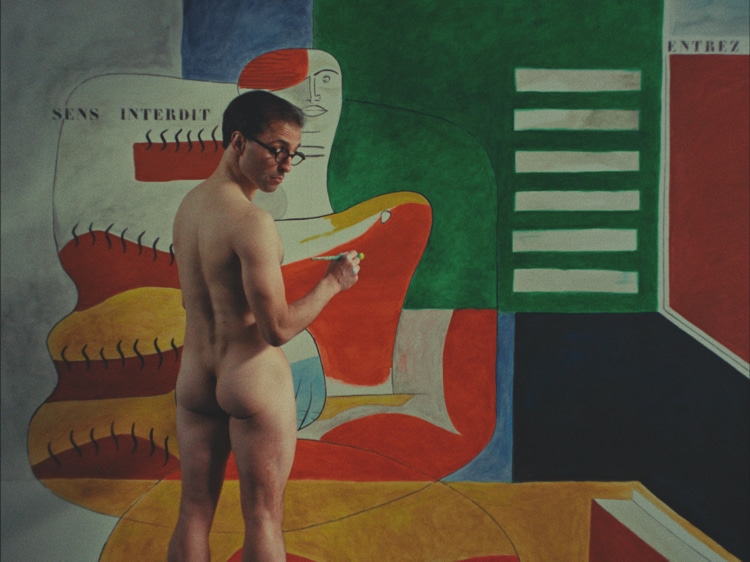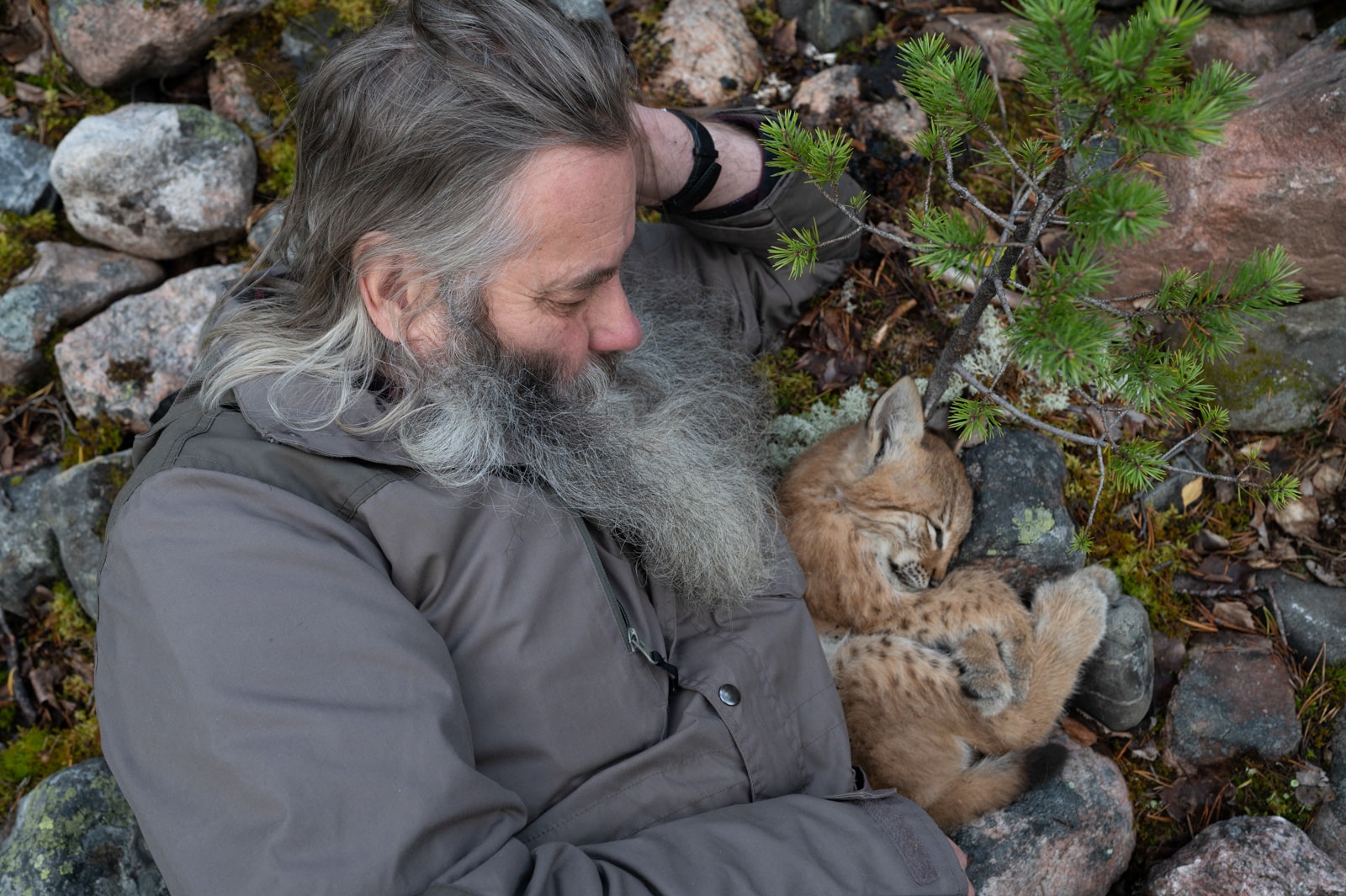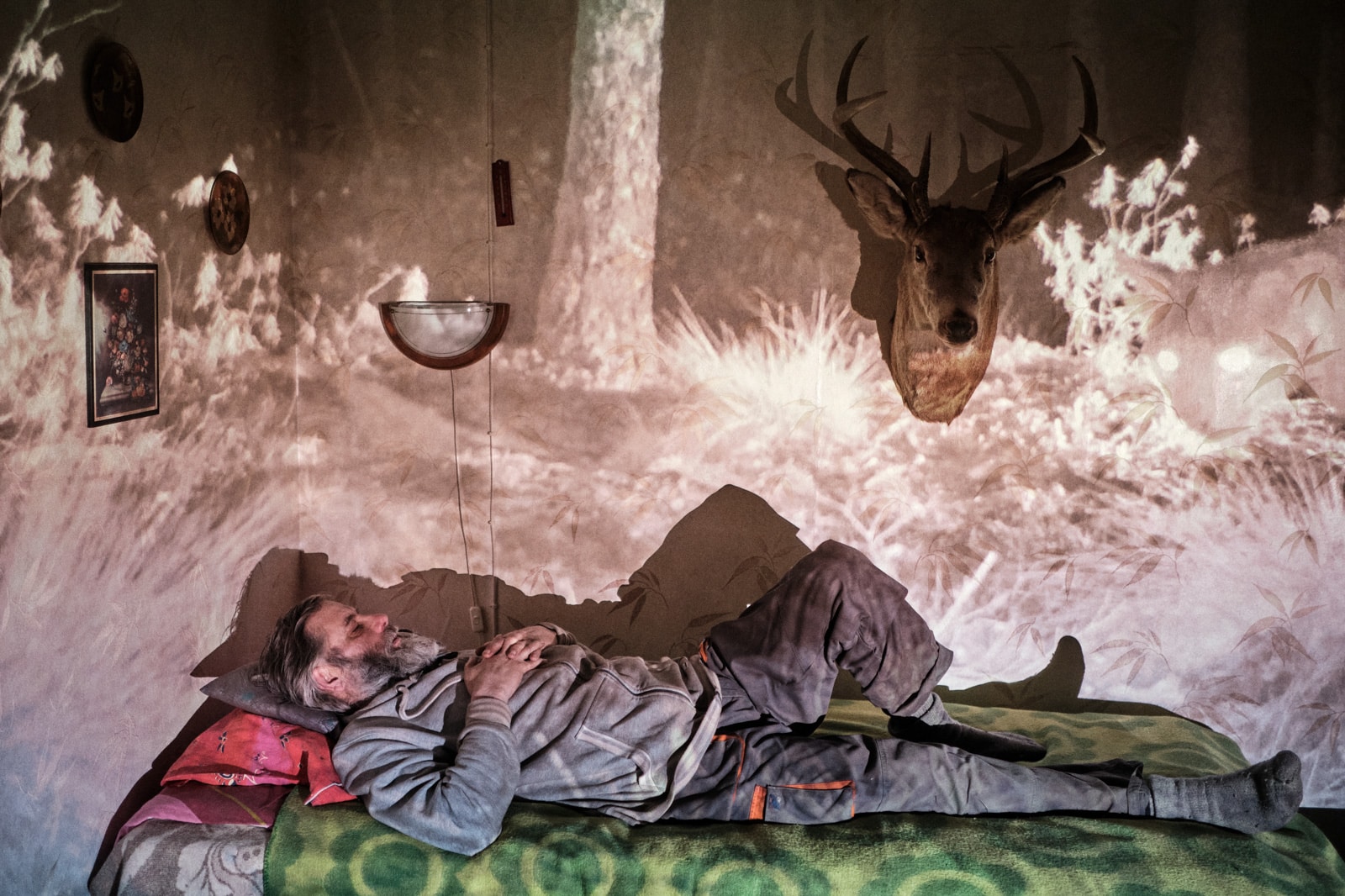Director: Beatrice Minger | Co-directed by Christoph Schaub | Written by Beatrice Minger in collaboration with Christoph Schaub | With: Natalie Radmall-Quirke, Alex Moustache, Charles Morillon | Switzerland 2024 | French& English w/ EN subtl., 89′.
Eileen Gray was a creative genius and the first woman to conquer the territory of architecture at a time when men controlled it all. This new film reflects on Gray’s impressive career and her avant garde house on the Cote d’Azur and will appeal to cineastes and lovers of art and design alike.
Unfolding as a stylish hybrid documentary E.1027 is a filmic journey into the emotional world of Eileen Gray, who was born into a large family in County Wexford, Ireland before before moving to London where her career languished in the shadow of her male colleagues in the world of architecture at a time when the profession was dominated by men.
In the 1920s women architects found themselves confined to designing interiors but Gray broke the mould by moving to France where she courted the art scene before moving south where she found a plot of land on the water’s edge in Roquebrune – Cap Martin and fulfilled her dream of having a modernist house on the Riviera. A self-confessed bi-sexual she lived with her younger lover, the editor-in-chief of the journal ‘Architecture Vivante’ Jean Badovici. The two crossed paths with fellow architect Le Corbusier and his wife Yvonne but Corbusier comes off the worse for wear in Swiss filmmaker Beatrice Minger’s take of events. He is seen an arrogant rather self-regarding character who muscles into Gray’s world by decorating her house with his own murals.

Eileen Grey – the house at Roquebrune – Cap St Martin
Minger’s film takes us into Gray’s inner circle, a tightly knit coterie of designers that included Fernand Lager, Corbusier and his wife Yvonne. Early on Gray counteracts Corbusier’s theory that a house is ‘a machine for living’ considering it more spiritual than that: ‘A place you surrender to, that swallows you. A place you belong to”.
Gray and Jean Badovici discovered the Roquebrune-Cap-Martin location that sits on the Côte d’Azur between Monaco and Menton. Due to its rocky, cliff-hanging location, wheelbarrows has to be used to transport materials on site. Gray named the house: E for Eileen 10 for John Badovici but left the place two years later: “I like doing things but I don’t like possessing them”. Eileen had already bought another plot of land inland and even more remote location and she left her house to ‘Bado’.
The film then broadens its focus onto Badovici and Corbusier’s relationship, with the French architect claiming Gray’s scheme for the house was copied from his own pen design. He built his own wooden Cabanon alongside a little bistro near to E.1027. But the Second World War put an end to the rivalry when Nazis occupied the Roquebrune house riddling the walls with bullets.
In the title role Natalie Radmall-Quirke smokes her way throughout this intimate portrait of the artist who appears both victim of her emotions and driving force behind her lover Bado – in one scene a graceful dance is testament to their feelings for each other. After leaving the house Gray was forced to contend with Corbusier’s arrogance, although he valiantly tried to find a buyer for the Roquebrune house which eventually to a Swiss art Marie Louise Shelbert who misguidedly thought he had designed it. No one came to Bado’s funeral.
Family money and her strong work ethic clearly allowed Gray to remain financially independent all through her life although there is never any mention of commissions outside her own designs although – many of her schemes never left the drawing board until later recognition saw her furniture sell for astronomical prices although her famous house had a less illustrious ending. In a final interview Gray emerges as an appealingly decent woman without a shred of ego.
E.1027 also brings to life conflicting undercurrents in the Parisian art scene of the 1930s. A fascinating finale allows us to meet Eileen Gray in a brief interview. She comes across as modest and appealingly lacking in any ego. @MeredithTaylor .

E1027 – Murals by Corbusier
IN UK & IRISH CINEMAS FROM THIS FRIDAY 16 MAY
CINEMA SITE LIST HERE.



